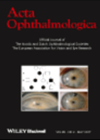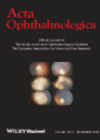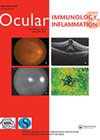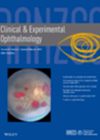
Journal Reviews
What about the children? Cornea cross-linking for children with keratoconus
Keratoconus can behave more aggressively in paediatric than in adult patients. Collagen cross-linking has been shown to slow the progression of keratoconus in adults. This systematic review determined the effectiveness of corneal collagen cross-linking (CXL) in children. For this study,...
Does cornea cross-linkage reduce the rate of corneal transplants in keratoconus?
Cornea cross-linking (CXL) is a relatively new treatment in the management of keratoconus, which may help prevent the need for corneal transplant. This paper investigates if the introduction of corneal cross-linkage has reduced the number of corneal transplants performed annually...
Bandage contact lens cultures after corneal collagen cross-linking
Corneal collagen cross-linking (CCL) is a treatment modality that has been shown to stop the progression of keratoconus. There have also been reports that CCL acts as an antimicrobiologic agent in treating resistant microbial keratitis. This study aimed to investigate...
Conventional vs. accelerated cross-linking
The Dresden protocol of 3mW/cm2 irradiance for 30 minutes has been extensively studied and has shown advantageous clinical and topographical results. However, this protocol is time-consuming and therefore accelerated CXL using higher irradiance to shorten treatment duration has emerged. The...








